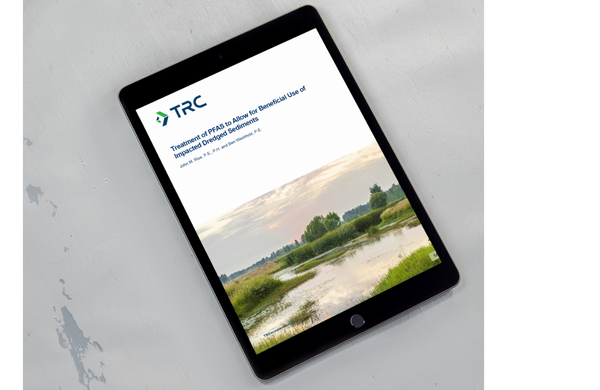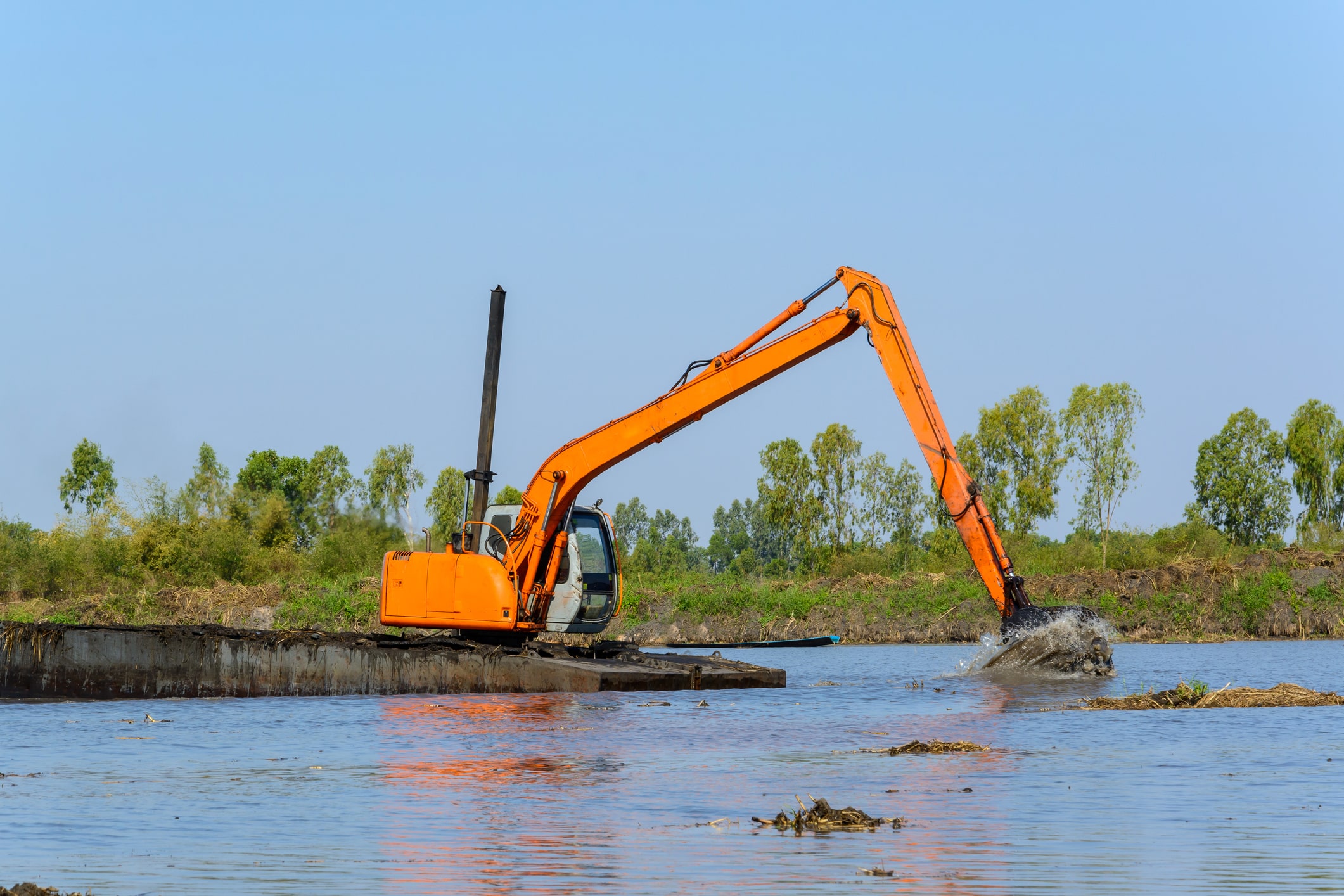Approximately 200 to 300 million cubic yards of sediment are dredged each year by the US Army Corps of Engineers (USACE) and other federal interests (USEPA, 2007). Most of this dredging is performed to improve navigation in harbors, channels and rivers, providing economic benefits and recreational opportunities.
Strategically thinking about beneficial use opportunities for sediments is important to local governments, developers, property owners and other stakeholders. However, serious issues and inaccurate perceptions often prevent the beneficial use of sediment. Although this dredged sediment could be a valuable resource, most is placed in confined disposal facilities (CDFs) or dumped in open water.
Given the current activity in the emerging contaminants field, this paper is focused on potential impacts in dredged sediments from per- and polyfluoroalkyl substances (PFAS). These are particularly challenging contaminants because they are widespread, are of a concern even at relatively low levels, are persistent and are resistant to degradation.
Related Services
Download the Guide for Treatment of PFAS to Allow for Beneficial Use of Impacted Dredged Sediments

Achieve New
Possibilities
Partner With TRC’s Tested Practitioners




